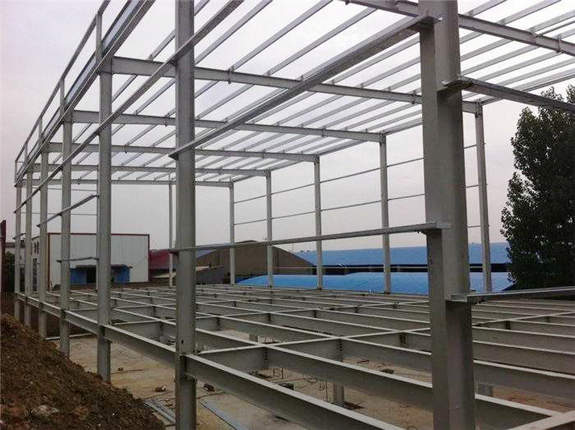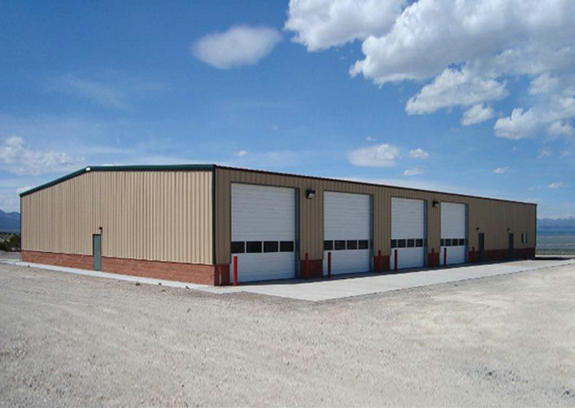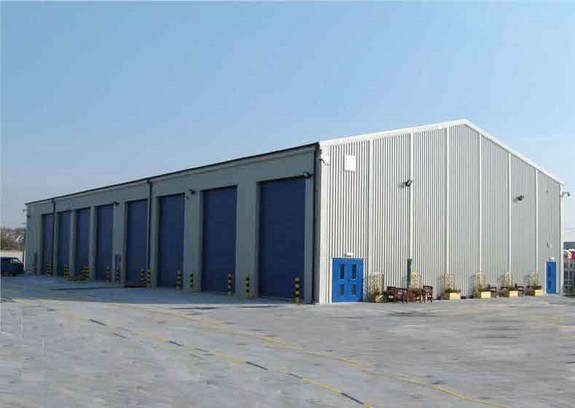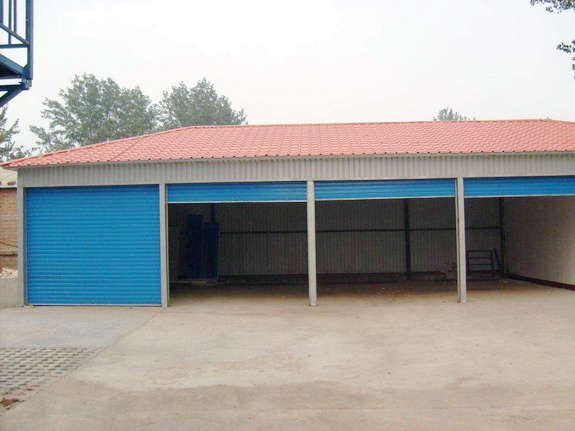Steel structure is a structure mainly composed of steel materials and is one of the main types of building structures. The structure is mainly composed of steel beams, steel columns, steel trusses and other components made of section steel and steel plates, and the components or parts are usually connected by welding seams, bolts or rivets. Because of its light weight and simple construction, it is widely used in large workshops, venues, super high-rises and other fields.

The characteristics of steel are high strength, light weight, good overall rigidity and strong deformation ability, so it is especially suitable for the construction of large-span, super-high and super-heavy buildings; the material has good homogeneity and isotropy, and is an ideal elastomer , which is most in line with the basic assumptions of general engineering mechanics; the material has good plasticity and toughness, can have large deformation, and can withstand dynamic loads well; the construction period is short; its degree of industrialization is high, and it can be used for specialized production with a high degree of mechanization. High-strength steel should be studied for steel structures to greatly improve its yield point strength; in addition, new types of steel should be rolled, such as H-beam (also known as wide-flange steel) and T-shaped steel and profiled steel plates to adapt to large-span structures and The need for super high-rise buildings.

In addition, there is no thermal bridge light steel structure system. The building itself is not energy-saving. This technology uses ingenious special connectors to solve the problem of cold and hot bridges in the building; the small truss structure allows cables and upper and lower water pipes to pass through the wall. Decoration is convenient.
When the steel structure is damaged, we need to find and solve the problem immediately. The steel structure network introduces the main factors for the damage of the steel structure: (1) Insufficient bearing capacity of the structure caused by changes in load, overdue service, and changes in specifications and regulations; (2) ) The component is deformed, twisted, disabled, dented, etc. due to various accidents, resulting in weakening of the section of the component, warping of the rod, cracking of the connection, etc.; (3) The deformation, cracking and warping of the component or connection caused by the temperature difference; (4) ) The cross-section of steel structural members is weakened due to the corrosion of chemical substances and electrochemical corrosion; (5) Others include mistakes in design, production, construction, and illegal use and operation during the service period.

There are three main technical measures for reinforcement of steel structures: (1) Cross-section reinforcement method: Reinforce with steel in part or along the entire length of the member, and connect them into a whole to make them bear common force; (2) Change the calculation diagram: add additional supports , adjust the load distribution, reduce the level of internal force, force the displacement of the statically indeterminate structural support, and reduce the stress peak; (3) Prestressed cable method: use high-strength cables to strengthen the weak links of the structure or improve the overall bearing capacity and stiffness of the structure and stability.
